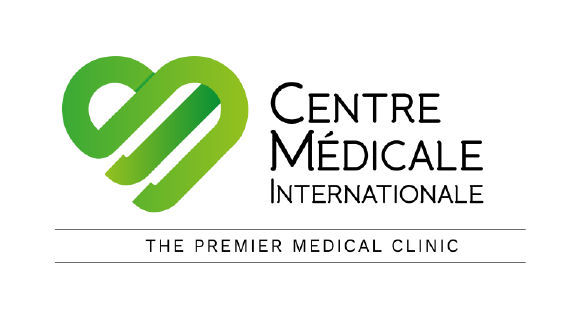Understanding Cholesterol
Take Action. Live Healthy!
MY CHOLESTEROL GUIDE
Understanding Cholesterol
Understanding and improving cholesterol is important for men, women and children of all ages. High cholesterol contributes to a higher risk for cardiovascular diseases (CVD), such as heart disease and stroke.
What Are Cholesterol and Triglycerides?
Cholesterol is a waxy, fat-like substance your body produces naturally. It’s in the bloodstream and in your body’s cells. Your body makes all the cholesterol it needs and uses it to keep you healthy. It helps make new cells, some hormones, and substances that help digest foods. Cholesterol is part of a healthy body. But having too much of it in your blood can be a problem. In addition to what your body makes, the foods you eat can impact your cholesterol levels as well. Two types of lipoproteins carry cholesterol to and from cells.
Low-density lipoprotein (LDL) cholesterol is often called the “bad” kind. When you have too much LDL cholesterol in your blood, it can join with fats and other substances to build up in the inner walls of your arteries, creating a thick, hard substance called plaque. The arteries can become clogged and narrow, and blood flow is reduced. If the buildup of plaque ruptures, a blood clot may form at this location or a piece may break off and travel in the bloodstream, causing a heart attack or stroke. With LDL, lower is better.
The “good” kind of cholesterol is high-density lipoprotein (HDL). It removes the “bad” LDL cholesterol away from the arteries and back to the liver, so it can be removed from your body. HDL may also remove cholesterol from plaque in the arteries.
Triglycerides are the most common type of fat in your body. They come from food, and your body also makes them. They also can build up within your artery walls and cause plaque.
What Do My Cholesterol Levels Mean?
Your health care professional will do a blood test to measure your cholesterol levels. This may be a “fasting” or “non-fasting lipid profile”. It assesses several types of fat in the blood. It is measured in milligrams per deciliter (mg/dL). The test gives you four results: total cholesterol, LDL (bad) cholesterol, HDL (good) cholesterol and triglycerides (blood fats). The best approach to risk reduction goes beyond cholesterol levels alone. It considers overall risk assessment and reduction. It’s still important to know your cholesterol numbers but work with your health care professional to treat your risk.
Read full article HERE.
Sources:
American Heart Association
About Cholesterol
About High Blood Pressure
Cholesterol videos:
Understanding Familial Hypercholesterolemia (FH)
How to Manage High Cholesterol
Additional Resources*
The FH Foundation
Million Hearts
DASH Diet (Dietary Approaches to Stop Hypertension)





